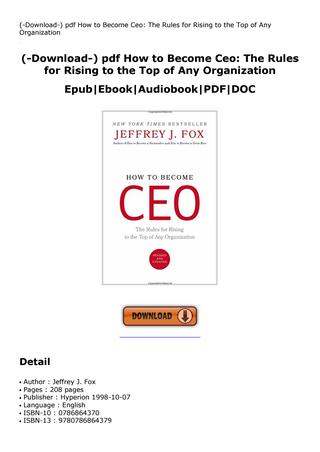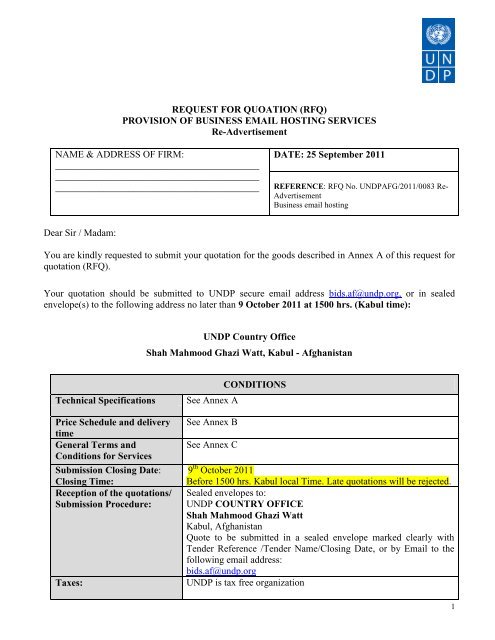Amortization of Intangible Assets: Definition & Examples Video & Lesson Transcript

An amortization schedule is used to reduce the current balance on a loan—for example, a mortgage or a car loan—through installment payments. So, back to our question of how the music company will amortize the copyrights. With tangible assets like the van, we depreciate them over their expected useful life. Copyrights, though, are good for the life of their creator, plus 70 years. The music company that purchased them, though, will consider the copyrights to have an indeterminate useful life since they will not expire for a very long time.
If the deal had gone down, Entertainment International would have booked the music company’s assets and liabilities, plus an intangible goodwill asset for $3 million. Goodwill can’t be amortized per generally accepted accounting principles (or GAAP), but it’s examined for impairment just like a copyright. Amortization refers to the act of depreciation when it comes to intangible assets. It is arguably more difficult to calculate because the true cost and value of things like intellectual property and brand recognition are not fixed. Accounting and tax rules provide guidance to accountants on how to account for the depreciation of the assets over time.
What Is an Amortization Schedule? How to Calculate with Formula
Amortization is important because it helps businesses and investors understand and forecast their costs over time. In the context of loan repayment, amortization schedules provide clarity concerning the portion of a loan payment that consists of interest versus the portion that is principal. This can be useful for purposes such as deducting interest payments on income tax forms. It is also useful for planning to understand what a company’s future debt balance will be after a series of payments have already been made.
- In other words, it means spreading out the value of an intangible asset over its lifetime.
- This is especially true when comparing depreciation to the amortization of a loan.
- A financial problem may result later from the absence of any deduction in the normal income taxes for depreciation.
- So, if the forklift’s useful life is deemed to be ten years, it would depreciate $3,000 in value every year.
- When entering into a loan agreement, the lender may provide a copy of the amortization schedule (or at least have identified the term of the loan in which payments must be made).
For example, a four-year car loan would have 48 payments (four years × 12 months). Amortization, in finance, the systematic repayment of a debt; in accounting, the systematic writing off of some account over a period of years. In general, the word amortization means to systematically reduce a balance over time.
AccountingTools
The matching principle requires expenses to be recognized in the same period as the revenue they help generate, instead of when they are paid. Depreciation is used to spread the cost of long-term assets out over their lifespans. Like amortization, you can write off an expense over a longer time period to reduce your taxable income. However, there is a key difference in amortization vs. depreciation. Amortization is an accounting technique used to periodically lower the book value of a loan or an intangible asset over a set period of time.

The assets are unique from physical fixed assets because they represent an idea, contract, or legal right instead of a physical piece of property. Say a company purchases an intangible asset, such as a patent for a new type of solar panel. The capitalized cost is the fair market value, based on what the company paid in cash, stock or other consideration, plus other incidental costs incurred to acquire the intangible asset, such as legal fees. For book purposes, companies generally calculate amortization using the straight-line method. This method spreads the cost of the intangible asset evenly over all the accounting periods that will benefit from it.
Amortization also refers to a business spreading out capital expenses for intangible assets over a certain period. By amortizing certain assets, the company pays less tax and may even post higher profits. Another difference is the accounting treatment in which different assets are reduced on the balance sheet. Amortizing an intangible asset is performed by directly crediting (reducing) that specific asset account. Alternatively, depreciation is recorded by crediting an account called accumulated depreciation, a contra asset account. The historical cost of fixed assets remains on a company’s books; however, the company also reports this contra asset amount as a net reduced book value amount.
Understanding Amortization
The item might not have any value once its lifespan is complete. With NetSuite, you go live in a predictable timeframe — smart, stepped implementations begin with sales and span the entire customer lifecycle, so there’s continuity from sales to services to support. There are some limited exceptions to this rule that allow privately held businesses to amortize goodwill over a 10 year period.
- The matching principle requires expenses to be recognized in the same period as the revenue they help generate, instead of when they are paid.
- It is hard to write in numerical terms the value of intangible assets, especially something like goodwill that doesn’t have a practical use.
- Other countries have also shown interest in it as a means of encouraging industrial development, but the current revenue lost by the government is a more serious consideration for them.
- The difference between amortization and depreciation is that depreciation is used on tangible assets.
By accounting for your amortization costs, you can reduce tax liabilities. A spread-out expense (or borrowing) gives a clear perspective to both finance teams and management about expenses and income. The difference between amortization and depreciation is that depreciation is used on tangible assets. Tangible assets are physical items that can be seen and touched. For example, vehicles, buildings, and equipment are tangible assets that you can depreciate. Amortization also refers to the repayment of a loan principal over the loan period.
How to calculate amortization in accounting?
It is very simple because the borrower pays the repayments in equal amounts during the loan’s lifetime. Need a simple way to keep track of your small business expenses? Patriot’s online accounting software is easy-to-use and made for small business owners and their accountants. The main drawback of amortized amortization meaning in accounting with example loans is that relatively little principal is paid off in the early stages of the loan, with most of each payment going toward interest. This means that for a mortgage, for example, very little equity is being built up early on, which is unhelpful if you want to sell a home after just a few years.
Health Catalyst Reports Second Quarter 2023 Results – GlobeNewswire
Health Catalyst Reports Second Quarter 2023 Results.
Posted: Tue, 08 Aug 2023 20:03:00 GMT [source]
Your payment should theoretically remain the same each month, which means more of your monthly payment will apply to principal, thereby paying down over time the amount you borrowed. Entrepreneurs often incur startup costs to organize a business before it begins operating. These startup costs may include legal and consulting fees as well as marketing expenses and are an example of an area where there’s a significant difference between book amortization and tax amortization.
As opposed to other models, the amortization model comprises both the interest and the principal. In accounting, amortization refers to the assignment of a balance sheet item as either revenue or expense. When an asset brings in money for more than one year, you want to write off the cost over a longer time period. Use amortization to match an asset’s expense to the amount of revenue it generates each year. The total payment stays the same each month, while the portion going to principal increases and the portion going to interest decreases.
Once a debt is amortized by equal payments at equal intervals, the debt becomes an annuity’s discounted value. Amortization may refer the liquidation of an interest-bearing debt through a series of periodic payments over a certain period. In most cases, the payments over the period are of equal amounts. Paying in equal amounts is actually quite common when taking out a loan or a mortgage. Subtract the residual value of the asset from its original value. If the asset has no residual value, simply divide the initial value by the lifespan.
Then subtract the interest from the payment value to get the principal. We amortize a loan when we use a part of each payment to pay interest. Subsequently, we use the remaining part to reduce the outstanding principal. A design patent has a 14-year lifespan from the date it is granted.
This variation can result in significant differences between the amortization expense recorded on the company’s book and the figure used for tax purposes. In contrast, intangible assets that have indefinite useful lives, such as goodwill, are generally not amortized for book purposes, according to GAAP. In business, amortization is the practice of writing down the value of an intangible asset, such as a copyright or patent, over its useful life. Amortization expenses can affect a company’s income statement and balance sheet, as well as its tax liability.

It ensures that the recipient does not become weighed down with debt and the lender is paid back in a timely way. As shown, the total payment for each period remains consistent at $1,113.27 while the interest payment decreases and the principal payment increases. Loan amortization is when you split a loan repayment into fixed dues spread over the tenure.
In accounting, amortization is conceptually similar to the depreciation of a plant asset or the depletion of a natural resource. Many examples of amortization in business relate to intellectual property, such as patents and copyrights. Although most bank loans have similar payment dues, amortized loans spread out equally during the payment period.
